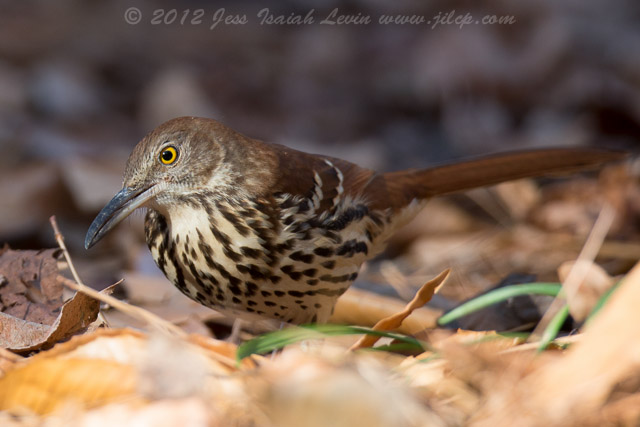"Obsolete" cameras? Or just different personalities?
While waiting for my computer to batch process a bunch of raw files that I had edited in Adobe Lightroom, I stepped out on the landing of my studio, and spotted a leaf that had stuck in a side-lit spot on the railing. I had also been charging the batteries for a series of "old" Canon digital cameras that I like to keep in working condition, if for no other reason than out of nostalgia. The first one I grabbed was my very first digital, a Canon PowerShot G1 that I bought in spring of 2000. It's a 3 megapixel beast that operates slowly, but does have an articulated LCD that made it easy to compose a close view. It also supports saving raw files, so I had some latitude to add contrast without losing quality. I wouldn't want to hang a 30"x40" print of this image, but until you try enlarging it, it holds up surprisingly well in a comparison to files from newer cameras. Of course, this is a static subject with limited contrast range.

As soon as I'd captured the scene with the old G1, I pulled out an EOS 1D MkII. That model is a DSLR introduced in 2004, and features an 8.2 megapixel APS-H sensor (something like 15 times the area of the one in the G1), not to mention 8.5 frames per second continuous shooting with autofocus - in other words, an action camera. It was perfectly capable of handling a still life, but has inherently shallower depth of field (because of the larger sensor) than a compact camera like the G1, and led me in a different direction.
Because the degree of background blur rendered some objects unrecognizable, I allowed some interesting color to bleed in from a blue recycling bin and a green garden hose.
I tried my oldest DSLR, a Canon D60 (not to be confused with the 60D), and got this result. The sensor is APS-C, smaller than APS-H, but still much larger than a compact camera's. Note that all of these shots were hand held. I wasn't trying to directly compare different cameras with exactly the same composition, but rather to see what I would come up with using each one naturally, quickly and intuitively. Meanwhile, the light was changing, of course.
The next day I was preparing to leave on a road trip, and was amazed to see the leaf still in place. I tried a shot with my cell phone, and found I rather liked it. The phone camera has an even smaller sensor than the compact G1, resulting in substantial depth of field and limited background blur. I used that characteristic to emphasize the lines in the background and foreground.
When I got back from the four day trip, the persistent leaf had finally blown away. There were lots of others around, though, so I put one on the rail and decided to complete my little journey by doing some shots with a full-frame DSLR, a 21 megapixel 5D MkII. This is the largest sensor of the lot (greatest in area, not just the number of pixels). Are these "better" than the photos done with older or lesser cameras? In some technical ways, they certainly are. In terms of what you see on a web site like this one...well, you be the judge.




I would be the last person to claim that the camera doesn't matter. In addition to levels of fine detail that can be captured, dynamic range (dark and bright areas that can be held within one exposure), and speed of response, each camera features a set of design goals and compromises that make it good for particular types of shooting, or perhaps very flexible and good for many things (at a price). But of course a photographer's vision still makes a difference, and one of the fun things about working with different types of cameras is that you can allow them to lead you to see a bit differently, if you are sensitive to their "personalities".
Permalink: http://jilcp.blogspot.com/2012/12/obsolete-cameras.html





































